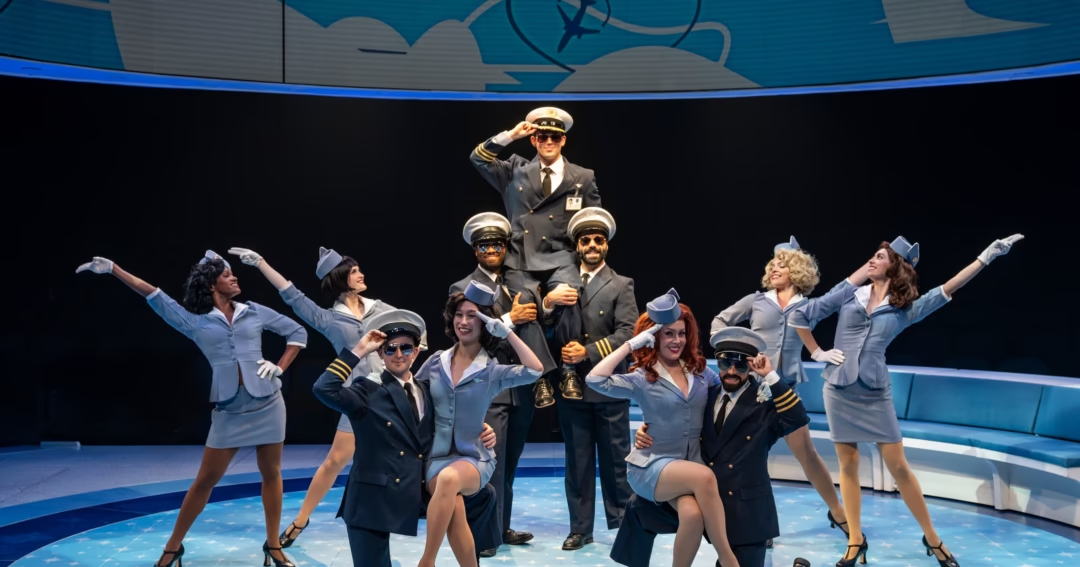In the vast industry of events, there are so many roles that many of us don’t think about. They may be under the radar, or incredibly specific. For planners, many discussions include what goes into the event, how do we make the best use of space, transportation, logistics, etc., and then for others, there is planning that goes even beyond that. One such person is Bethanie DeRose, Senior Vice President, JLL Hotels & Hospitality Tourism and Destination Advisory Group , who works on the hotel, convention center, built assets and planning process for destinations. It’s a fascinating world that requires a lot of research, and thoughtfulness about what all of the event and travel industry professionals, along with the local community, will need for a location to become a successful destination or expand and grow.
I spoke with Bethanie about her unique position to learn more about her world and what it takes to plan for the growth and development of a destination location.
Bethanie started in hotel operations, working in Atlantic City at a hotel property.
“I did everything from managing events, helping to set things up, and eventually was even the Interim Director of Engineering – if you want to know about hotel room air conditioning, I can tell you all about it!”
This type of experience made her the perfect candidate to work with JLL, an international commercial real estate company with advisory expertise in tourism, destination and hospitality planning. In her role doing destination advisory, she works on highly detailed, data-driven, long-term plans to help build tourism and events as part of a team of four. They focus on helping locations do everything from analyzing existing convention centers to ensure buildings are being used in the most efficient way possible, to working with destinations on building out ten-year tourism plans.
“The work we do, our team within JLL, benefits from being a global brand of JLL because of our reach and depth and expertise. JLL not only works in the hotels and hospitality space, but a lot of the work we do touches retail, office, and the convention side, working with the public-private partnership side of business.”
Bethanie explained that most people assume her work is related to marketing destination locations, but because of the work her international company does “We have expertise across different industries and while those things don’t sound deeply connected to tourism, when we study a place we talk about shopping as a driver behind why people travel. We need insight on business travel, offices headquarters, and what about a location drives business travel.”
There is a lot to think about, and there are a lot of resources needed to be able to help a location understand what will draw more tourism, and how to showcase the best parts of what can be offered, all while keeping everyone who creates your local culture part of that ecosystem.
Most recently, Bethanie wrapped up a ten-year destination plan for Louisville, Kentucky. Despite the pandemic, “Louisville tourism had a commitment to stay with the planning process when everything was closing. They knew it was something they were going to need when all of this is over, and it was a highly memorable project because of how leadership was. Not only did COVID-19 hit in the middle, they had the added complexity of social justice issues in the city.”
Even though Bethanie is based in New York, she spent a lot of time in Louisville for this project and had an inside view during a difficult time that included critical views from those not living in the area.
Outside views of a location are something that Bethanie sites as one of the continual challenges of the job for many locations they work with.
“The most challenging part is probably on the public perception side. A lot of the time tourists, visitors or convention attendees are seen as outsiders. Elected officials talk about the value of visitors, but the public doesn’t always feel the same way. When you talk about long-term destination strategic planning, public sentiment can sometimes approach that in a negative way. Growth and tourism isn’t always what everyone wants.”
Despite the challenges between locals and governments who want to draw more revenue and overall value to their destinations, Bethanie went on to clarify that tourism doesn’t always mean the same thing to every place.
“We talk to leaders in the community. What’s a busier season, what’s an off season? It is not just more at the same time. While it is challenging, I continue to find it exciting to navigate. Putting recommendations out publicly – how do we communicate that it’s not more of the same but strategically more of what will be good for the destination, including the people living there?”
Through those challenges lies what Bethanie loves about her job the most – the impact.
“When you think about a ten-year destination master plan or long-term strategic plan, those recommendations we come out with, when implemented correctly, leave behind a lasting effect. It will impact a hotel and broader business’ day to day. The increase in sales and foot traffic drives impact for the small business community and vibrancy by having visitation shift into place when they need it. I take pride in having a positive impact and helping a city navigate those challenges – to understand competitive positioning.“
So where does one begin to even approach a project like this? There are unique climates and cultures, and how do you really know how to get the right information that is a true reflection of the place, its people and what they have to offer?
“Each place has unique attributes – it’s not just about attractions. You need to think about highways, air service, and the ability to drive people and connect to different parts of a community. Continued curiosity keeps me going on a day-to-day basis and everything has to be rooted in research. We’re very data driven, which is a strength with JLL.”
Bethanie further explained the connection process when really digging in and understanding the people of these destinations and what matters to them.
“Let’s say we’re looking at the convention side first. Whether it’s an expansion or even a new product, we handle convention center optimization which will require us to take a detailed look at the utilization of square feet – what it is today versus what it could be in the future. We plan for growth and output when doing anything convention center related. People are the leaders of the building and tourism space, along with the hotel community; we can’t be successful if our hotels don’t know what we’re seeking from a business perspective and vice versa. Without hotel input, what is the target market and need periods, patterns of business and hotel community, planning community? We need help from building leaders and what they go after, and we’re most interested in the room night perspective. We have to be aligned with the hotel community, and their goals as well.”
While hotels are amazing partners, they do not define the entire needs of a location. Bethanie says that small businesses are important too.
“Hotels remain a key partner, but so do the small businesses. The Mom and Pops help to tell a story, and is something travelers want to experience – they really want to understand the key points of interest, and what makes the place unique.”
As all of us planners know, it is always important to create an experience around the location and it’s something that Bethanie and her small team at JLL know well.
“We have a database of 16,000 meeting planners from local level to international planners, and we survey them on an annual basis.”
It is clear that the process is very in-depth, and well researched – from the transportation needs that will need to be in place, to the type of people they want to draw in, and how they want to represent the best of local culture. So just how long do these projects last?
“Typically we are working on four to six plans in a year, not starting in the same year. Usually there are four phases and we want to spend an appropriate amount of time in each area. To study and do market research can take time, and we don’t want to rush it too much. Depending on the size and scale of the project, it can be as quick as six months, but Louisville took close to two years because of the eight to ten months with COVID, but, ideally projects of that size would take under a year.”
Regardless of the time it takes, the goal is always the same – success for the future.
“There is no wrong time to think about planning. We always ask – how do we improve the process for the future? We never look backwards, but instead look at what we can do today. Every place is different, with unique personalities. There are different ways politics can take effect, but our goal is to always stay aligned with what is best for the destination.”
Article written by Jessica Dalka – Twitter: @JessicaDalka |Instagram @ChicagoPlanner | linkedin.com/in/dalka




0 Comments